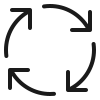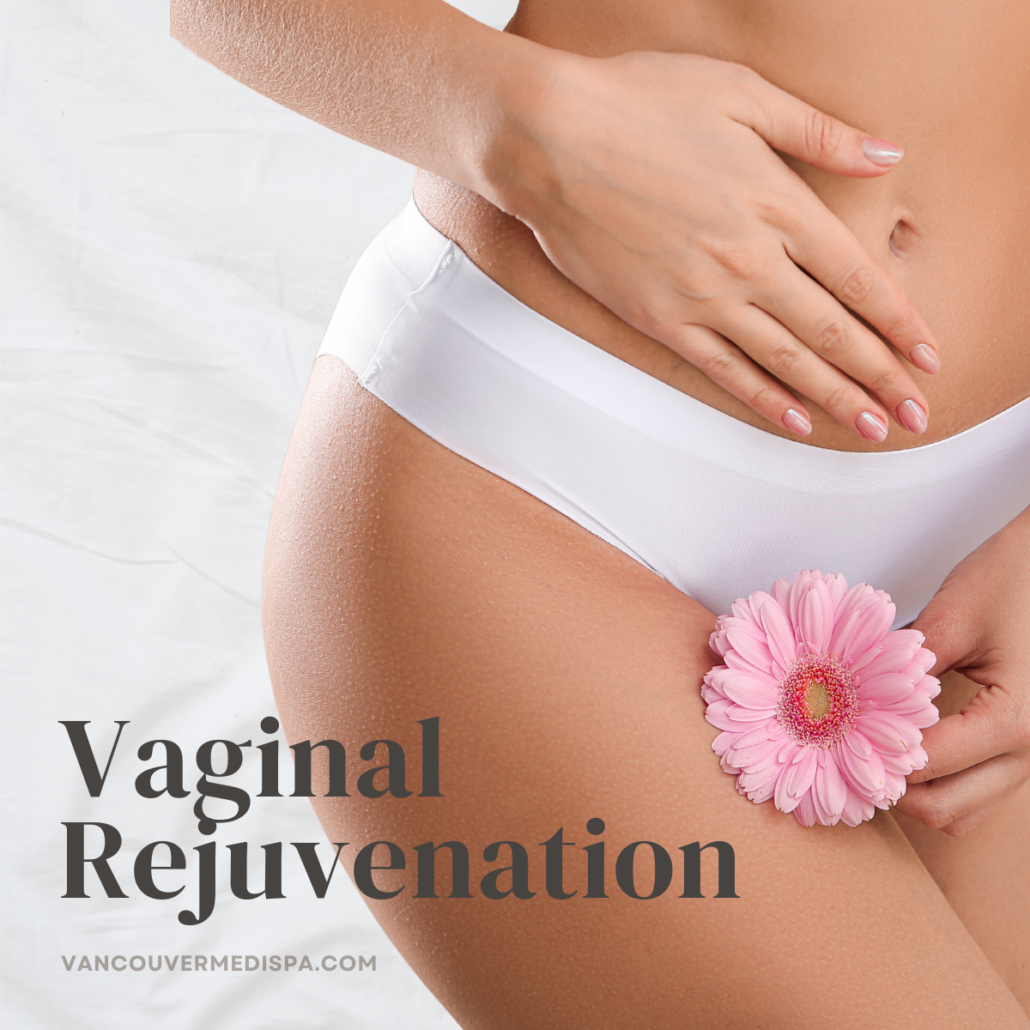LASER VAGINAL REJUVENATION
Vancouver MediSpa, under the exceptional leadership of Kam, truly deserves every bit of praise it receives. From the moment I stepped in, I was greeted with warmth and professionalism. Kam is not only highly skilled and knowledgeable but also genuinely caring, ensuring every visit is a comfortable and enjoyable experience. The facilities are top-notch, impeccably clean, and equipped with the latest technology. Kam’s dedication to providing the best skincare solutions is evident in every aspect of the clinic. I couldn’t be happier with the results I’ve achieved here. Tario Sultan2024-03-29I have been dealing with acne and insecurities around my skin since I was a young girl, and I've tried everything! ...... Till I met Kam and her blessed Medi Spa. This woman is more than an aesthetician, she cares deeply about who I am and gives it her all to provide the best results--WHICH ARE MIRACULOUS! Thank you Vancouver Medi Spa, for your humble, warm, and delivering clinic. Laser is amazing, and Kam provides a plethora of education from A to Z. My face is now clear after 2 sessions...Something I dreamed of having since a young girl. The place is so clean, and filled with positivity. I especially love the ambiance of music and mantras that play in her spa during the sessions. She truly goes above and beyond to make her clients happy. :) Top laser medi spa in Vancouver for sure!!!!! Won't anything like this anywhere else. God Bless!
Tario Sultan2024-03-29I have been dealing with acne and insecurities around my skin since I was a young girl, and I've tried everything! ...... Till I met Kam and her blessed Medi Spa. This woman is more than an aesthetician, she cares deeply about who I am and gives it her all to provide the best results--WHICH ARE MIRACULOUS! Thank you Vancouver Medi Spa, for your humble, warm, and delivering clinic. Laser is amazing, and Kam provides a plethora of education from A to Z. My face is now clear after 2 sessions...Something I dreamed of having since a young girl. The place is so clean, and filled with positivity. I especially love the ambiance of music and mantras that play in her spa during the sessions. She truly goes above and beyond to make her clients happy. :) Top laser medi spa in Vancouver for sure!!!!! Won't anything like this anywhere else. God Bless! Sandra Al Hunaidi2024-03-21KAM IS AMAZING! The service is wonderful, FOTONA 4D!! Game changer. Thank you so much for the hospitality and great service. This is the BEST medi spa on the map.
Sandra Al Hunaidi2024-03-21KAM IS AMAZING! The service is wonderful, FOTONA 4D!! Game changer. Thank you so much for the hospitality and great service. This is the BEST medi spa on the map. sandra alhunaidi2024-02-22This review is for genuine knoweldge and kindness of kam. I went there for consultation and to get skin treatment but kam instead suggested i need to focus on my diet and be healthy from inside. She did not try to grab money like other estheticians. She suggested i should come back again once i get on track with my diet.
sandra alhunaidi2024-02-22This review is for genuine knoweldge and kindness of kam. I went there for consultation and to get skin treatment but kam instead suggested i need to focus on my diet and be healthy from inside. She did not try to grab money like other estheticians. She suggested i should come back again once i get on track with my diet. Manu Wr2024-02-18I have been getting laser treatments from Kam for the past few months. She is incredibly kind, knowledgeable, and professional. I’ve had laser treatments in the past that haven’t worked, so I was worried about investing in more. However, Kam did multiple test patches to see how my skin/ hair would react before charging me for any full treatments. I’m happy with my progress so far and can’t say enough good things about Kam!
Manu Wr2024-02-18I have been getting laser treatments from Kam for the past few months. She is incredibly kind, knowledgeable, and professional. I’ve had laser treatments in the past that haven’t worked, so I was worried about investing in more. However, Kam did multiple test patches to see how my skin/ hair would react before charging me for any full treatments. I’m happy with my progress so far and can’t say enough good things about Kam! Isabel Gittins2023-12-13Kam is super professional she knows what she is doing. Also she makes you feel so comfortable and welcomed. I’d recommend to anyone her clinic. Don’t hesitate to contact her.
Isabel Gittins2023-12-13Kam is super professional she knows what she is doing. Also she makes you feel so comfortable and welcomed. I’d recommend to anyone her clinic. Don’t hesitate to contact her. Monika Dienes2023-12-05I just love how Kam takes care of me, she really did great on my skin. Now I'm smooth as butter no need to shave. She even advised me on how to take care of my skin properly. I will definitely come back and highly recommend Vancouver Medispa.
Monika Dienes2023-12-05I just love how Kam takes care of me, she really did great on my skin. Now I'm smooth as butter no need to shave. She even advised me on how to take care of my skin properly. I will definitely come back and highly recommend Vancouver Medispa. Angelita Velasquez2023-11-03
Angelita Velasquez2023-11-03
Service
LASER VAGINAL REJUVENATION - LADYLASE INTIMALASE®™
LadyLase IntimaLase®™ offers a revolutionary approach to vaginal rejuvenation, utilizing advanced laser technology to target specific concerns.

TREATMENT TIME
Varies

DOWNTIME
Minimal

SESSIONS REQUIRED
Typically 2-3 sessions

DISCOMFORT LEVEL
Low to none

Vancouver Medi Spa
Why Choose Us For Laser Vaginal Rejuvenation
Are you seeking a non-invasive solution for vaginal rejuvenation? Look no further than LadyLase IntimaLase®™, a cutting-edge laser treatment designed to address various concerns and enhance intimate wellness. Say goodbye to discomfort and hello to confidence with this innovative procedure.
Additionally, the treatment is safe and backed by clinical studies demonstrating its effectiveness. Our experienced team ensures a comfortable and personalized experience, prioritizing your well-being and satisfaction.
Services
Our Laser Vaginal Rejuvenation Services
LadyLase IntimaLase®™ works by delivering controlled laser energy to the vaginal tissue, stimulating collagen production and promoting tissue tightening. This gentle yet effective process improves vaginal tone, elasticity, and lubrication, leading to enhanced comfort and satisfaction. The treatment is performed in-office and typically requires no anesthesia, with minimal downtime afterward.
The duration of each LadyLase IntimaLase®™ session varies depending on individual needs and treatment areas. On average, the procedure takes approximately 30 minutes to an hour.
While some patients may experience noticeable improvement after a single session, optimal results are typically achieved with a series of 2-3 sessions spaced several weeks apart. Our team will assess your needs during the initial consultation and recommend a personalized treatment plan.
Yes, one of the benefits of LadyLase IntimaLase®™ is minimal downtime. Most patients can resume their normal activities immediately after the procedure. However, it’s essential to follow post-treatment instructions provided by your healthcare provider to ensure optimal results and recovery.
Frequently Asked Questions
Learn More About Laser Vaginal Rejuvenation
Yes, LadyLase IntimaLase®™ is a safe and FDA-approved procedure for vaginal rejuvenation. It utilizes advanced laser technology to target specific concerns with precision, minimizing risks and complications.
The majority of patients report minimal discomfort during LadyLase IntimaLase®™ treatment. Some may experience a slight warming sensation, but overall, the procedure is well-tolerated.
While individual results may vary, many patients notice improvements in vaginal tightness and lubrication shortly after the treatment. Optimal results typically become more apparent in the weeks following the completion of the recommended treatment sessions.
Side effects are minimal with LadyLase IntimaLase®™ and may include temporary redness, swelling, or mild discomfort in the treated area. These effects usually subside within a few days.
LadyLase IntimaLase®™ is suitable for most women seeking vaginal rejuvenation. However, individual candidacy may vary based on factors such as medical history, current health status, and treatment goals. A thorough consultation with our medical team will help determine if the procedure is right for you.
Location
Conveniently Located In Vancouver, BC
Conveniently nestled in the heart of Downtown Vancouver, Vancouver Medi Spa offers easy access to premium aesthetic treatments at our centrally situated location on 1086 Hornby Street. Operating from 10 am to 8 pm every day, our extended hours cater to your busy schedule, ensuring that you can prioritize self-care and beauty enhancement at a time that works best for you. Whether you’re a local resident or visiting the vibrant city of Vancouver, our prime location makes it effortless to indulge in a rejuvenating spa experience and discover the transformative benefits of our advanced treatments.
Vancouver Medi Spa
Schedule a consultation
If you’re ready to take the first step towards achieving your aesthetic goals, schedule a consultation with us today. During your consultation, our experienced team will assess your unique needs and develop a personalized treatment plan tailored to you.
Whether you’re interested in laser hair restoration, pigmented lesion removal, or any of our other services, we’re here to help you look and feel your best. Contact us at 604-620-1772 or email us at info@vancouvermedispa.ca to book your consultation now.
First time clients
Claim our exclusive Medi Spa offer
Book your first appointment today and receive a complimentary wellness consultation with one of our experienced practitioners. Discover personalized solutions to address your unique needs and embark on a path towards total well-being. From rejuvenating spa treatments to therapeutic massage and skincare solutions, we’re here to help you look and feel your best from the inside out. Don’t wait any longer to prioritize your self-care journey. Claim your offer now and let us guide you towards a radiant, revitalized you.
